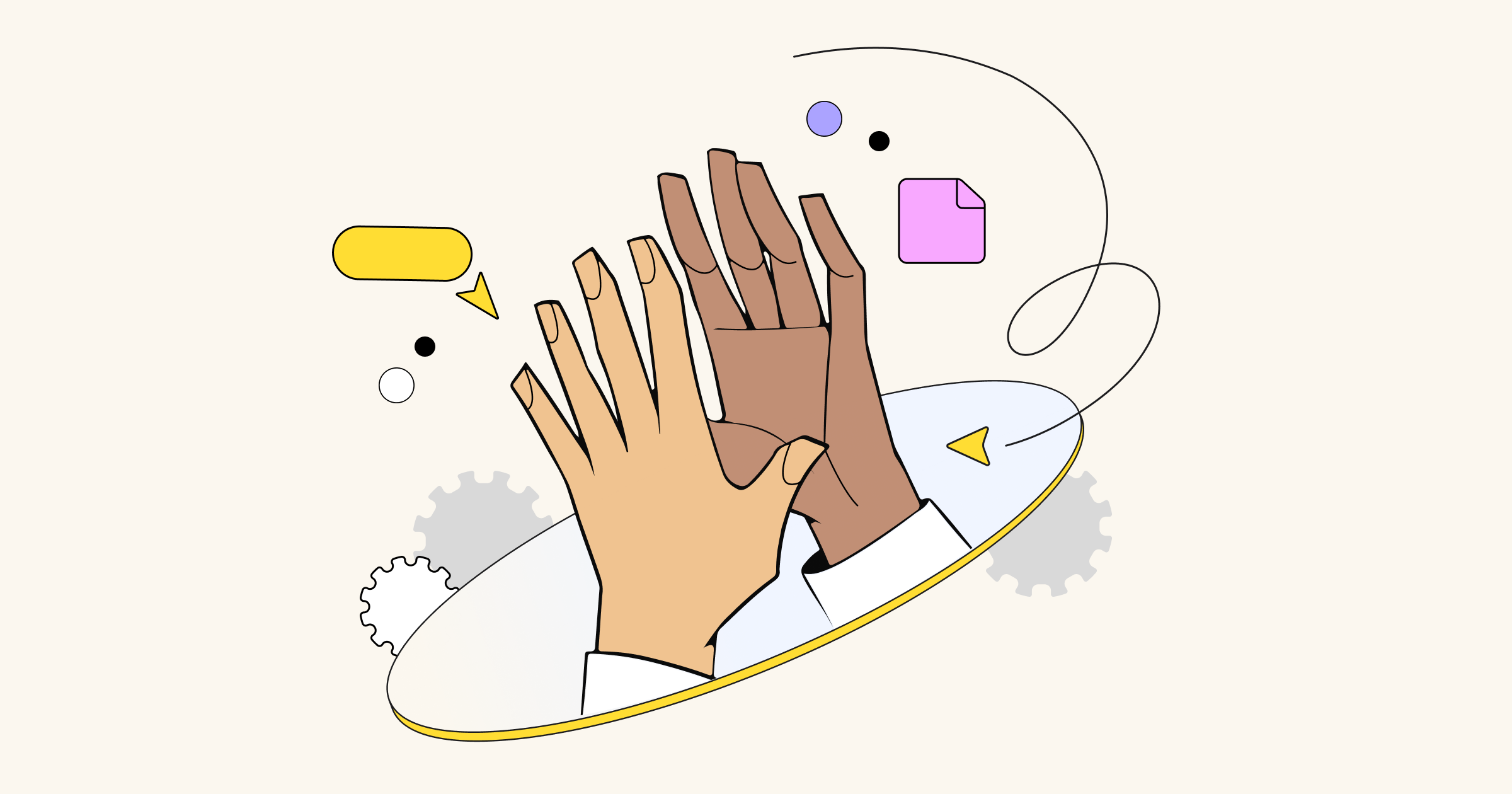I have long considered myself a social introvert. That means that while I enjoy friendly get-togethers and group events, after expending a lot of energy talking and listening, I feel completely drained and need time on my own to recharge.
It also means that while I’m drawn towards the magic of collaborative work – appreciating how focusing multiple, diverse minds on a single project can produce an end result that is much greater than the sum of its parts – when it comes to doing the actual work of collaboration, I can struggle. The very act of simultaneous interactions with multiple people pushes my social fatigue button.
The expectation of immediate, vocal participation can make brainstorms uncomfortable. Group feedback sessions tend to hop quickly from point to point, favoring the loudest voices. So, how can we adapt collaboration to suit introverts?
Introverts
1. Working alone
2. Time to think
3. Nonverbal participation
Extroverts
1. Group work
2. Spontaneous sharing
3. Verbal participation
Here are some tips for making collaborative sessions more welcoming and productive for introverts:
Send out pre-work and agendas
I used to have a boss who loved spontaneous, organic collaboration. He’d pull us into a conference room, throw out an idea or two, and say, excitedly, “What do you think?”
While the extroverts in the room cheerfully debated the pros and cons, cutting each other off and veering from topic to topic, I quietly stared off into space. To give an opinion, I needed time to mull it over. Sure, I had a gut reaction – but I wanted the chance to consider multiple angles, and then come back with a carefully considered point of view.
Before holding a meeting, give your team a sense of what will be covered. If there is a deck or other context, send it out. Pre-work gives introverts an opportunity to formulate our thoughts, organize them, and feel comfortable expressing them. If I’m leading a meeting, I often try to anticipate what questions will be asked and proactively jot down my talking points.
Bring out the sticky notes
You can imagine that brainstorming sessions can be challenging for people who like time to prepare their thoughts. That’s why so many of the best brainstorming sessions I’ve attended have started (and continued) with sticky notes. Online brainstorming session work especially well for introverts, since there are so many ways we can participate without speaking – jotting down ideas, commenting, and voting.
Give participants the opportunity to write down their thoughts on sticky notes during some quiet time, and then share with the group. Use a timer to keep everyone focused and deadline-driven. Whether you’re in person or using a visual workspace like Miro, sticky notes provide a nonverbal way of expressing ideas that feels casual and low-pressure.
Break into small groups
I used to teach English at companies in Spain. My biggest challenge? Getting students who needed practice in fluency to summon the courage to speak in class (and, conversely, getting those who were fluent to shut up for a moment so the others could speak…) The tactic that I finally found that worked? Breaking into pairs.
When you’re in a smaller group, sharing feels more like a conversation and less like a performance. And I’ve also found that those who aren’t speaking spend more time listening, and less time waiting for their own turn to speak (or dreading the time when they’ll be called on).
Provide breaks (or at least places to “escape”)
For me, the desire to leave a meeting room in the midst of a workshop is often physical. It starts out feeling like wearing a too-tight turtleneck sweater, and then it progresses to the need to sink down in my chair, look out the window, or pace around the room. And this desire often arises just when the group is getting to a roadblock that they really need to solve.
While extroverts may feed off of each other’s ideas and energy and want to push through to the conclusion, for some introverts the need to process ideas on our own is a necessary step for having a breakthrough “aha” moment. Setting the expectation that movement or breaks are welcome helps introverts feel comfortable to do what they need to be their most creative, productive selves. Plus, everyone can benefit from breaks – research has shown that people are more productive and remember information better when they work in shorter “sprints.”
Get to know everyone’s working styles
Keep in mind that introverts are already self-conscious about being the odd ones out in group work. And, we are often the ones who are carefully adapting our own behavior and reactions to fit in with what’s expected. But, you know what? After being a part of multiple high-performing teams over the years, I can confidently say: we’re all weird in our own ways (and I mean that in the best possible way). Building in intentional space that accommodates a spectrum of weirdness can help everyone thrive.
In some of my favorite teams, we’ve taken the opportunity to learn about each other’s working styles and preferences early on. At Miro, the marketing team took a personality test and we wrote a personal manifesto based on the results to serve as a guide for how to work with each of us. The outcome? More awareness that we’re different: some love public praise while others loathe it, some prefer those spontaneous brainstorms while others would prefer to write a long email. And awareness leads to empathy, which leads to better collaboration, which leads to better work. It’s a win-win.




